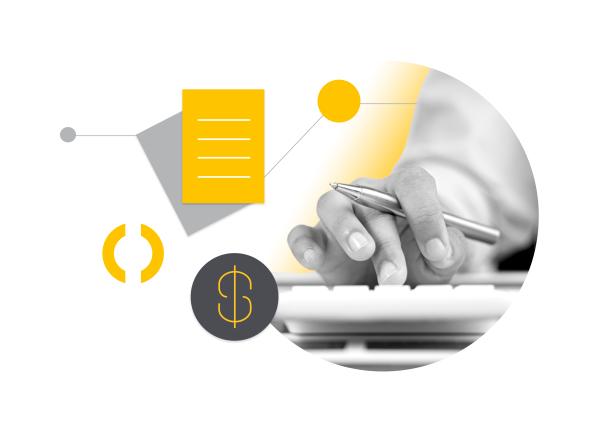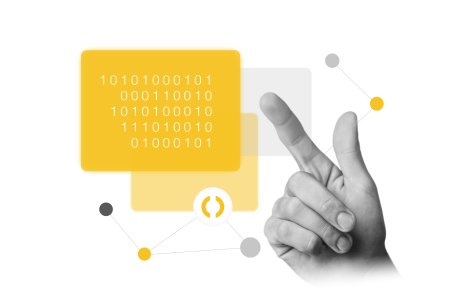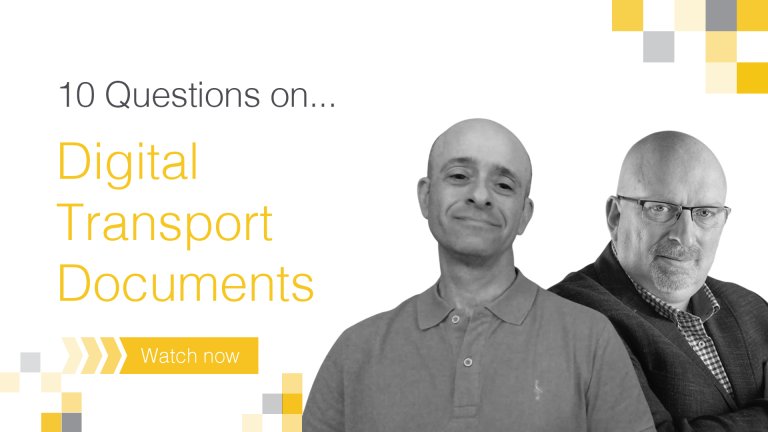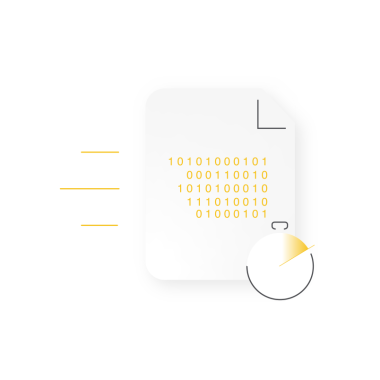Key questions from the session answered for you
Adrian Gonzalez (AG): What is a digital transport document, and how is it different from a paper document?
Gerry Daalhuisen (GD): It’s a common misconception that digital documents are simply pdf versions of print documents. A true digital transport document offers a lot more than that.
Digital transport documents enable all parties in the supply chain to access and collaborate on the electronic version of the document in real time so that they can share and enrich information in the document at each step throughout the process and have a single overview for all the parties involved. The output can be saved as a pdf file, but the real advantage is collaborating on the same piece of information, enriching the information available to all parties in each step, and using it to your advantage in the process.
AG: What types of digital documents are being offered today?
GD: At Transporeon, we have recently launched a product called Digital Transport Documents. It’s a module that can be used as a container to work with all kinds of logistics documents in a digital form. The first document we’ve delivered since April is e-CMR – the electronic consignment note. e-CMR replaces the paper consignment note that has been used in Europe since 1956.
The e-delivery note will be added next, and we’re also looking into a cleaning certificate (a typical document in the Chemical industry), as well as some customs and tax documents.
AG: Are digital document solutions universally recognised and accepted in different countries and regions?
GD: It depends on the type of document and the domestic regulations in each country. We initially started with e-CMR because it follows a ratification process recognised by all the countries currently using the paper CMR. From 2026, all the countries in the European Union will be accepting the e-CMR. Right now in Europe, almost every country has ratified e-CMR, and the remaining countries are expected to ratify by 2026.
And that provides a good background to get started. Acceptance is coming, and that means that the infrastructure is being built up. Then, adoption comes into play.
AG: Is sign-on-glass considered an authorised digital signature?
GD: The European Commission advises following their regulation that states that a digital signature must be logically linked to the person who signs the document. With sign-on-glass, that information is not available – but there are solutions for this, such as using a username and password to identify the person who has signed the document, or using a QR code with a two-factor PIN code sent to a mobile device to identify people securely using multi-factor authentication. Telematics inside the driver’s cabin or data from self-service kiosks at the yard entrance can also be used for this purpose.
"With a document like CMR, the average time spent on creating the document is 20 minutes. When you move to a digital version of it, you can save 15 minutes. So, 75% of the time that you would normally spend on a paper document can be saved and used elsewhere."
AG: What are the primary benefits of implementing a digital document solution for businesses and the logistics industry?
GD: Surveys have shown that with a document like CMR, the average time spent on creating the document is 20 minutes. When you move to a digital version of it, you can save 15 minutes. So, 75% of the time that you would normally spend on a paper document can be saved and used elsewhere.
Beyond that, there are a lot of indirect advantages. Since both carrier and shipper have access to the same data in real-time, this can increase real-time visibility enormously. The moment the recipient has signed for the goods, the shipper and the carrier know that they have arrived. And if the goods are well-received, the carrier can directly submit the transport invoice. So invoicing is sped up, which is even more important to a carrier than saving time. In the case of shortages or damages, the shipper can directly take action to resend the goods that were damaged and start the dispute process in real-time.
AG: How does the integration of your digital document solution work with existing transportation management systems (TMS) and other logistics software?
GD: We can use the information associated with any transport that’s already on the Transporeon platform to generate the documents required. So, integration is pretty easy, because we already have all the necessary information.
For companies that are not using Transporeon yet, we have an easy-to-use API and an electronic EDI (Electronic Data Interchange) integration, from which we can create the documents and submit the statuses back to any third-party TMS or WMS, so the company doesn’t need to be on the Transporeon platform.
AG: What kind of effort is required to implement the solution with transport partners?
GD: We’re in a very fortunate position to have a lot of parties already connected to our platform so that we can reuse those connections. We’re also using simple, intuitive tools in multiple languages. For example, we use a QR code that drivers can scan, and then within the web app they have access to the e-CMR in their preferred language (28 languages available), so they don’t have to install any apps on their phone. And that makes adoption much easier.
AG: Do you have any advice or recommendations on the best practices for executing a digital document project in general?
GD: We advise to focus on acceptance. Start working with one or two lanes, with a few specific carriers, or with a few specific recipients, and make sure that everybody gets used to the new process. Once you're rolling, it's easier to add multiple lanes into multiple recipients and multiple transport partners.
AG: Are there any notable trends that you're seeing based on your work with clients?
GD: We are now working with customers, who are looking to implement e-CMR as an electronic delivery note. Based on this demand, e-CMR will have more content because we’re talking about product items instead of packaged goods, so the e-CMR and electronic delivery note are more or less converging into one document.
This is possible today because both documents are available in a digital format. We'll see the delivery note being used in transport and the e-CMR consignment note will be used as an alternative. It’s a great trend because we can kill two birds with one stone.





